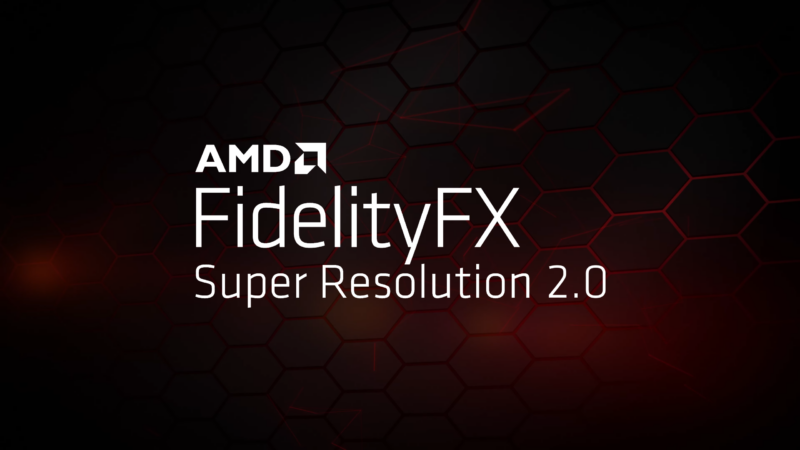
Enlarge (credit: AMD)
When the PC industry’s two biggest graphics card manufacturers aren’t battling over benchmarks or chip shortage woes, they’ve been fighting over a different sales pitch: boosting performance for older GPUs. And while Nvidia has largely won that war, that has come with an asterisk of a proprietary performance-boosting system, DLSS, that requires relatively recent Nvidia hardware.
AMD’s first major retaliatory blow came in the form of 2020’s FidelityFX Super Resolution, but this open source, hardware-agnostic option has thus far proven inadequate. And AMD finally seems ready to admit as much in its rollout of FSR 2.0, which debuted in limited fashion on Wednesday ahead of a wider Game Developers Conference reveal next week and a formal rollout in video games starting “Q2 2022.”
It’s time for temporal solutions
Both FSR and DLSS function in modern games as pixel upscalers. In both cases, games run at a lower base resolution of pixels, and then, whichever system is active processes and reconstructs the resulting imagery at higher pixel counts. This can include intelligent anti-aliasing (to reduce “stair-stepping” of diagonal lines), blurring, or even wholly redrawn pixels. Ultimately, the dream is that these systems can wisely convert games running at 1440p or even 1080p to something nearly identical to a full 4K signal.





